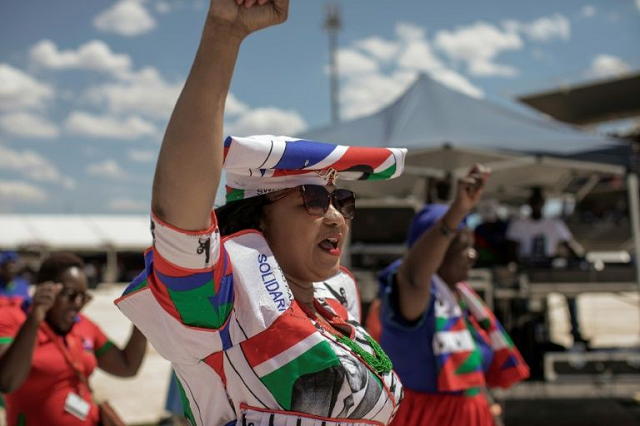
WINDHOEK: Southern Africa's desert nation of Namibia, which goes to the polls on Wednesday, is one of the world's most sparsely populated countries and among the leading producers of uranium.
Here is some background.
Namibia is the driest country in sub-Saharan Africa and takes its name from the Namib desert, considered the oldest in the world and famed for its giant and red sand dunes.
The Namib runs along the country's 1,500-kilometre (930-mile) Atlantic coastline.
On the other side of the country is the Kalahari desert, shared with Botswana and South Africa.
Namibia is experiencing one of its worst droughts in history, wreaking havoc on crops, scorching grazing and threatening food supply.
The government declared a national disaster in May this year and authorised the sale of at least 1,000 wild animals to limit loss of life.
Around two-thirds the size of neighbouring South Africa, Namibia is rich in wildlife and has nearly 80 game parks and reserves.
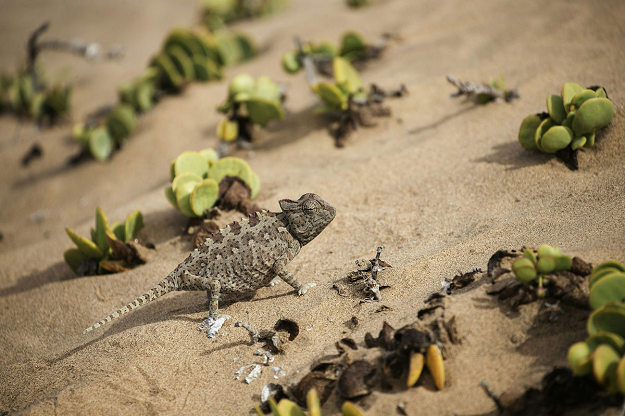 A Namibian desert chameleon climbs through vegetation and sand dunes in the desert area of Dorob National Park, part of the Namib Desert, on the outskirts of Swakopmund, on February 17, 2016. PHOTO: AFP
A Namibian desert chameleon climbs through vegetation and sand dunes in the desert area of Dorob National Park, part of the Namib Desert, on the outskirts of Swakopmund, on February 17, 2016. PHOTO: AFPThey are among the star draws for its nearly a million visitors a year, with tourism Namibia's third-biggest industry.
Namibia is home to just 2.45 million people and has one of the world's lowest population densities - after Greenland and Mongolia - with fewer than three people per square kilometre (World Bank, 2018).
Of its 11 main ethnic groups, the Ovambo is the largest, making up nearly half of the population.
About six percent are white, some German-speaking descendants from the colonial era and others originally from South Africa.
A majority Christian country, it has made significant progress in reducing poverty since independence in 1990.
Economic inequality between the black and white communities remains glaring.
Unemployment is high at 34 percent, passing 43 percent for youth.
The country is rich in mineral resources, including uranium of which it is the world's fourth biggest producer.
Diamonds represent 30 percent of its export income and it also holds significant silver, copper, zinc and gold reserves.
Fishing is also a key industry, centred on Namibia's only deep-water port at Walvis Bay.
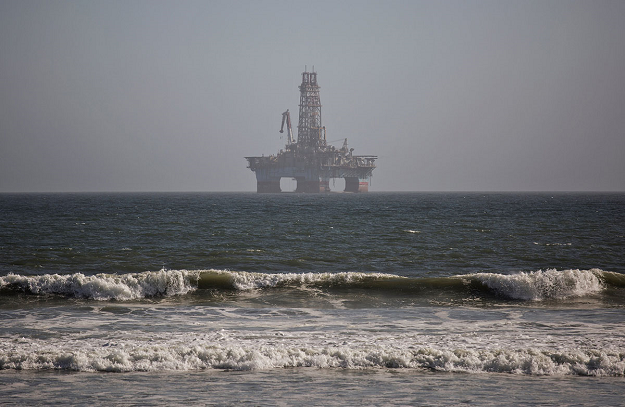 An oil-drilling rig, operating out of Angola, is seen in the waters outside Walvis Bay for maintenance on June 24, 2017. PHOTO: AFP
An oil-drilling rig, operating out of Angola, is seen in the waters outside Walvis Bay for maintenance on June 24, 2017. PHOTO: AFPThe government has launched a plan to redistribute land to black farmers, with white commercial farmers owning 70 percent.
Formerly called South West Africa, Namibia was a German colony from 1884 to 1915 and then passed to the control of South Africa until independence in 1990.
Historians consider that the first genocide of the 20th century occurred in Namibia under German colonial rule when troops killed tens of thousands of Herero and Nama people after a rebellion.
Latter-day Germany has acknowledged the slaughter between 1904 and 1908, said it planned to formally apologise but is yet to do so, and has resisted demands for compensation.
Namibia was one of the last countries in Africa to gain independence, which followed a bloody armed struggle launched in 1966 by the South West African People's Organisation (SWAPO).
SWAPO remains the dominant party, sweeping all general and presidential elections since independence.
Party leader Sam Nujoma was the first president, serving for three terms until handing over to his handpicked successor Hifikepunye Pohamba in 2005.
At the last polls in 2014, the current president, Hage Geingob, took 87 percent of votes and SWAPO crushed the legislative round with 80 percent.



















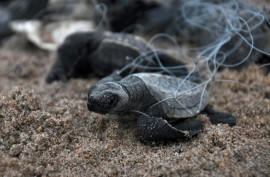


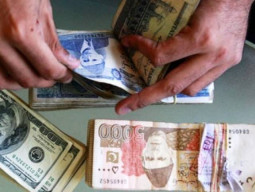





















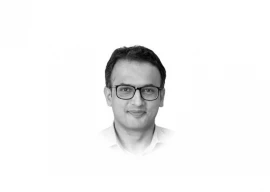


COMMENTS
Comments are moderated and generally will be posted if they are on-topic and not abusive.
For more information, please see our Comments FAQ